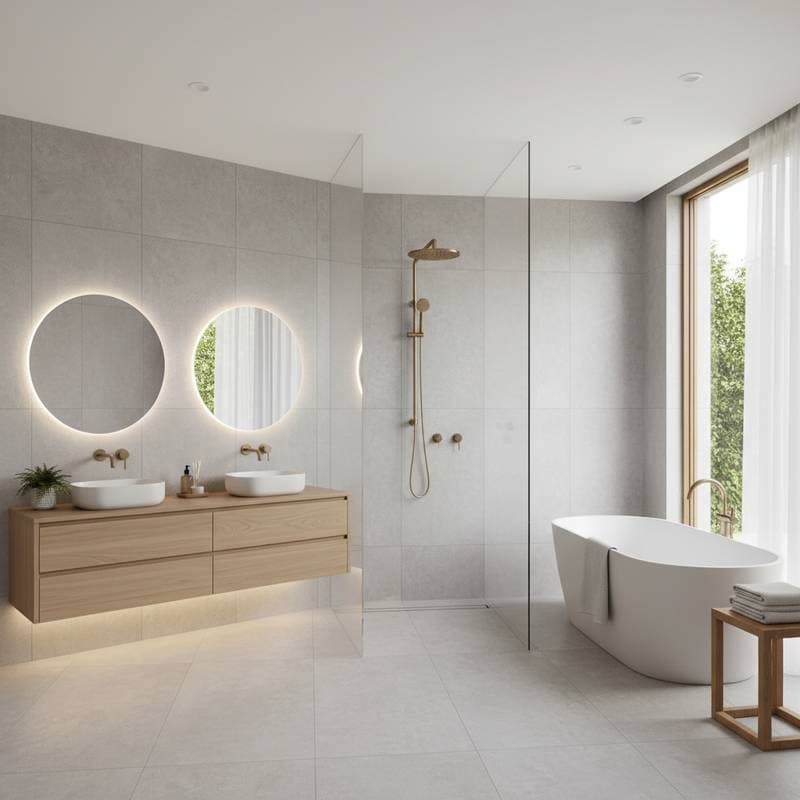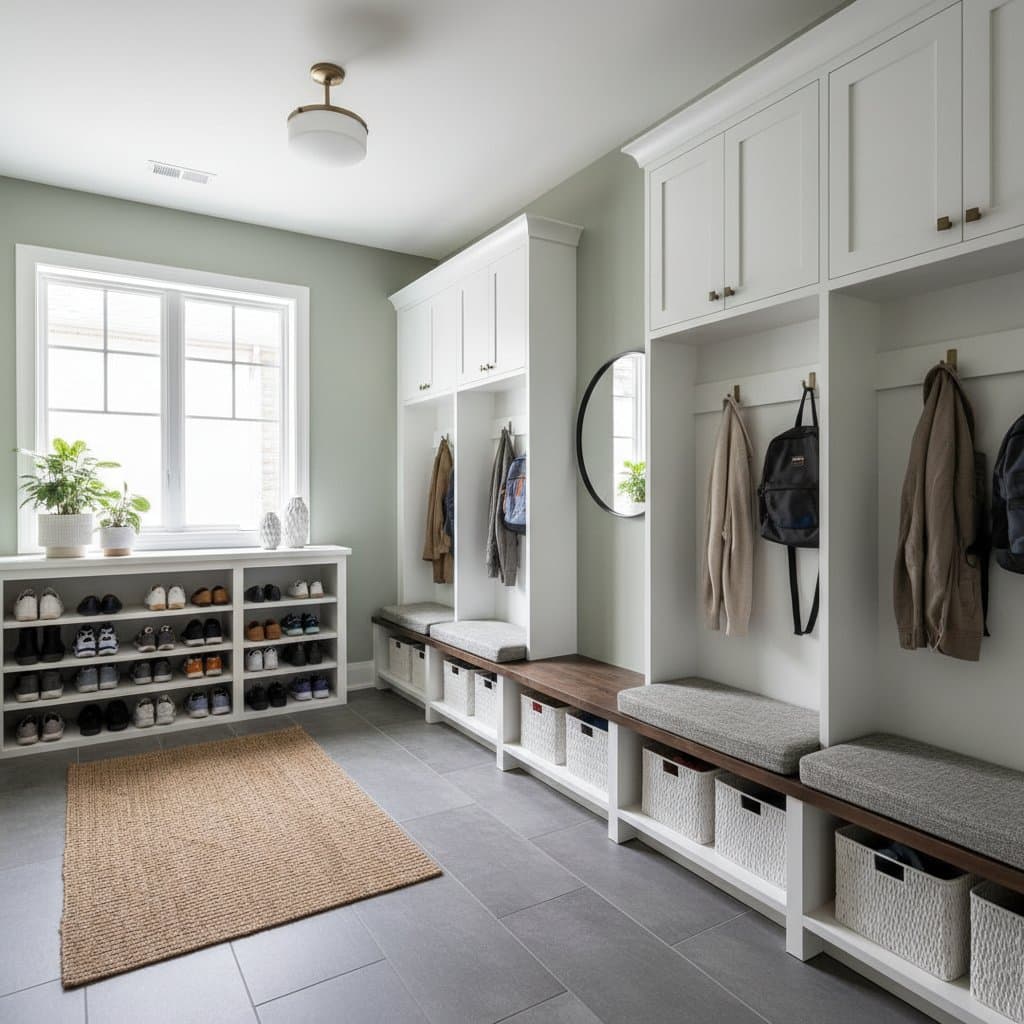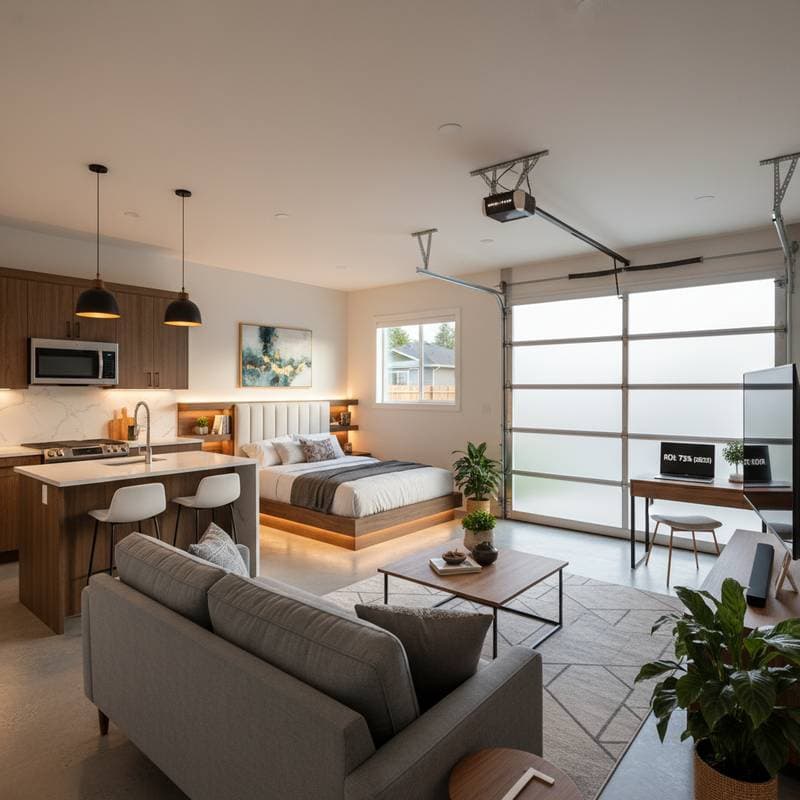How Hidden Wine Cellars Can Increase Your Home's Value by 15%
A well-executed hidden wine cellar delivers a 15 percent uplift in home value. This feature transforms underutilized spaces into controlled environments that showcase refined taste and superior construction. Potential buyers appreciate the added luxury, while professional appraisers recognize its contribution to overall property worth, and owners benefit from everyday use.
Hidden cellars appeal because they integrate seamlessly into the home. They require careful planning to balance aesthetics with functionality. The result offers long-term equity alongside personal pleasure.
Key Cost Considerations
The expense of a hidden wine cellar extends beyond basic measurements. Several elements influence the overall budget and potential resale benefits. Understanding these factors helps homeowners allocate resources effectively.
1. Excavation and Structural Work
Projects involving below-grade construction or modifications under staircases demand excavation or structural reinforcement. Costs for excavation range from $5,000 to $20,000, varying with soil conditions and site accessibility. Professionals assess these elements during initial consultations to provide accurate estimates.
2. Climate Control Systems
Effective temperature and humidity regulation protects wine collections from degradation. Invest between $3,000 and $8,000 in a ducted or split-system unit designed for consistent performance. Substandard equipment leads to premature failures and potential inventory losses.
3. Insulation and Moisture Protection
Proper insulation, priced at $4 to $6 per square foot, safeguards against condensation, mold growth, and inefficient energy use. This layer forms the foundation of a durable cellar. Neglecting it invites costly repairs down the line.
4. Storage Solutions and Finishes
Elements such as wooden racks, stone accents, and glass enclosures enhance visual appeal. Simple shelving begins at around $1,500, but bespoke racking and integrated lighting may exceed $10,000. These choices elevate the space from functional to luxurious.
5. Entryways and Concealment Features
Discreet access points, including pivoting bookcases or concealed hatches, introduce an element of surprise. Allocate $2,000 to $6,000 for mechanisms and supporting framework. Such details contribute to the cellar's allure without compromising security.
6. Regulatory Permits and Fees
Local authorities typically mandate approvals for excavation, electrical, and heating, ventilation, and air conditioning installations. Expect fees between $500 and $2,000 based on location-specific requirements. Compliance ensures the project meets safety standards.
7. Waste Management and Buffer Funds
Removing debris like concrete, soil, or existing partitions accumulates expenses. Reserve 10 to 15 percent of the total budget for unforeseen issues, particularly in established properties. This precaution maintains financial control throughout the process.
Weighing DIY Approaches Against Professional Expertise
Evaluate your capabilities prior to undertaking structural alterations or technical installations. Certain tasks suit independent efforts, while others necessitate specialized knowledge.
Suitable DIY Tasks
Homeowners can handle layout planning and storage selections independently. Apply finishes, assemble racks, and incorporate decorative elements without advanced tools. Install energy-efficient LED fixtures and organize labeling systems to personalize the space. Non-load-bearing concealment options, such as hinged panels, offer creative opportunities.
Essential Professional Interventions
Entrust excavation, framing, and waterproofing to qualified experts. Professionals manage electrical setups, climate system integrations, and moisture barrier applications. Interventions affecting load-bearing elements or foundational structures require certified oversight. Any permitted work demands inspection by licensed authorities.
Balancing Skills and Potential Risks
Independent projects reduce labor expenses but expose vulnerabilities to issues like water intrusion or unstable conditions. Expert involvement minimizes these hazards and preserves the cellar's integrity. Select contractors with verified portfolios in similar conversions.
Ongoing Maintenance and Protection Strategies
With diligent care, a hidden wine cellar endures for generations by sustaining optimal environmental conditions.
Routine Maintenance Protocols
Service cooling filters every three months to ensure airflow efficiency. Adjust thermostats and humidity sensors biannually for precision. Conduct yearly examinations of seals and insulation to detect early deterioration. Swap out LED components and verify wiring integrity against dampness. Apply eco-friendly sealants to wooden elements as wear appears.
Warranty Coverage Details
Climate systems generally carry protections from two to five years. Structural enhancements and moisture defenses often extend to ten years or longer, contingent on the provider. Secure comprehensive documentation prior to project completion.
Identifying and Mitigating Vulnerabilities
Inadequate moisture barriers foster condensation and fungal issues. Undersized climate units falter in temperature regulation. Deficient drainage or sealing provokes foundational harm. Professional execution combined with scheduled reviews averts these complications.
Ensuring Safety and Regulatory Adherence
Prioritize safety evaluations during and post-construction to protect occupants and preserve property integrity.
- Label power and climate system shutoffs for quick access in emergencies.
- Equip yourself with protective gear, including gloves, eye protection, and respiratory masks, during material handling or sealing tasks.
- Survey for utilities such as gas lines, wiring, or pipes before initiating groundwork.
- Obtain necessary permits for all structural and mechanical modifications.
- Engage certified professionals for electrical and climate connections.
Failure to follow these measures may result in penalties, accidents, or enduring structural concerns.
Steps to Plan and Execute Your Project
Identify viable locations by evaluating underutilized areas like basements, crawl spaces, or expansive closets. Draft preliminary designs, calculate volume requirements, and select appropriately sized climate solutions. Solicit proposals from at least three experienced, licensed contractors specializing in wine storage.
Focus investments on robust environmental controls to safeguard contents and support value appreciation. A meticulously crafted hidden wine cellar evolves into a compelling narrative for future sales. Approach budgeting with precision, secure approvals promptly, and opt for enduring design choices.
The rewards encompass instant gratification and tangible property enhancement. Upon completing the installation and uncorking a bottle within its confines, the rationale behind each deliberate choice becomes evident.








